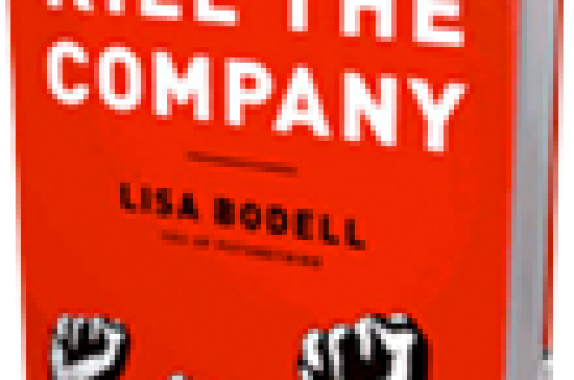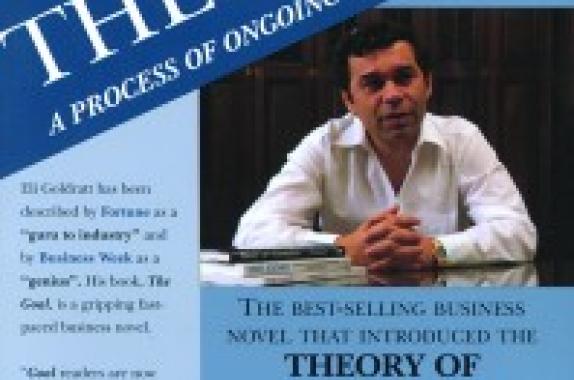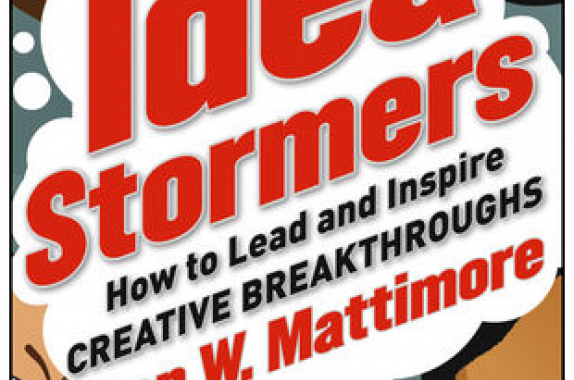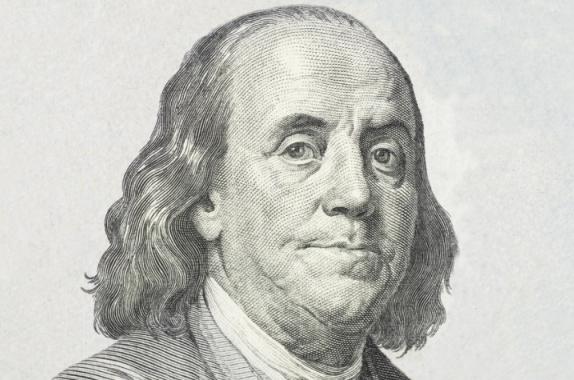Teresa Jurgens-Kowal

Teresa Jurgens-Kowal is passionate about innovation. She is a writer, speaker, coach, and trainer. Teresa founded Global NP Solutions in 2009 to help individuals and organizations learn, adopt, transform, and sustain innovation. She enjoys helping people reach their highest levels of success with innovation. Teresa’s consulting clients include a full spectrum of large industry corporations to entrepreneurs seeking to launch new products and to improve innovation system effectiveness. She frequently presents keynotes and breakouts locally and nationally on her favorite topics of innovation, design thinking, and product development.
Teresa is the co-editor of the PDMA Body of Knowledge (2020) and is a certified Project Management Professional (PMP®), Certified Professional Engineering Manager (CPEM), and New Product Development Professional (NPDP). In 2021, she released The Innovation ANSWER Book 2nd edition, a comprehensive guide to building innovation leadership. The companion The Innovation QUESTION Book was published in 2022 and will soon be available in Spanish. Teresa has also published chapters on innovation with the Virtual Team Model (2018), Leveraging Constraints for Innovation and on Quality Management Systems in the Engineering Management Handbook (2022), among other publications.
Prior to founding Global NP Solutions, Teresa worked in process development and as an internal innovation expert at ExxonMobil Chemical Company. She has degrees in Chemical Engineering from the University of Washington (PhD) and University of Idaho (BS), and an MBA from West Texas A&M University. Teresa lives in Southeast Texas and enjoys bicycling and scrapbooking in her leisure time.
GLOBAL NP SOLUTIONS
Building Innovation Leaders
















